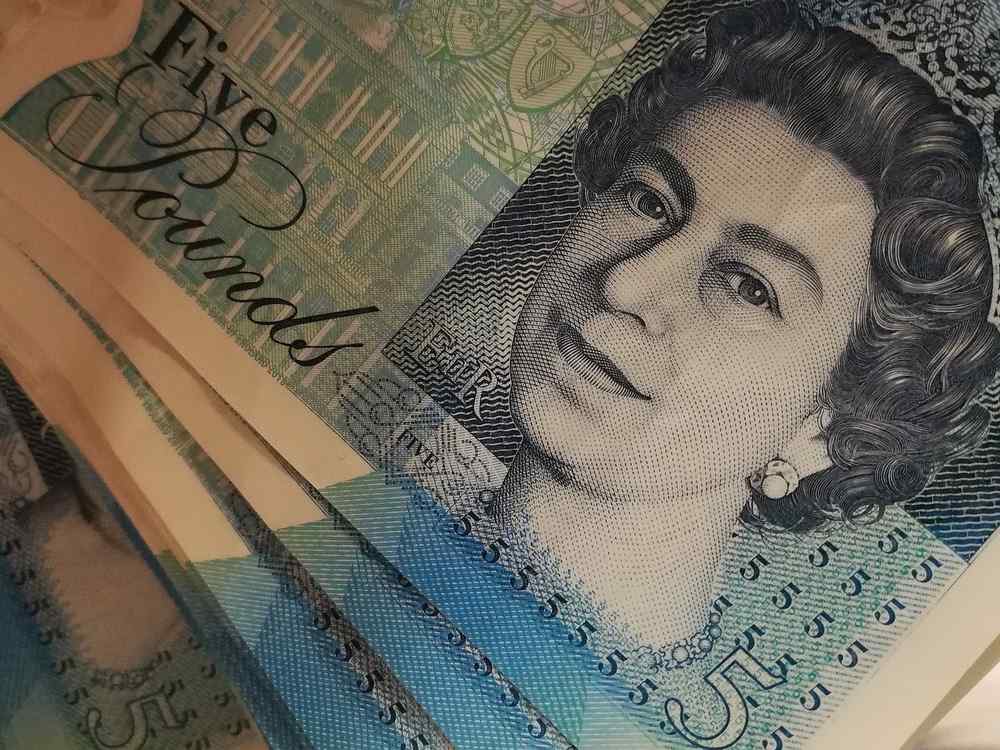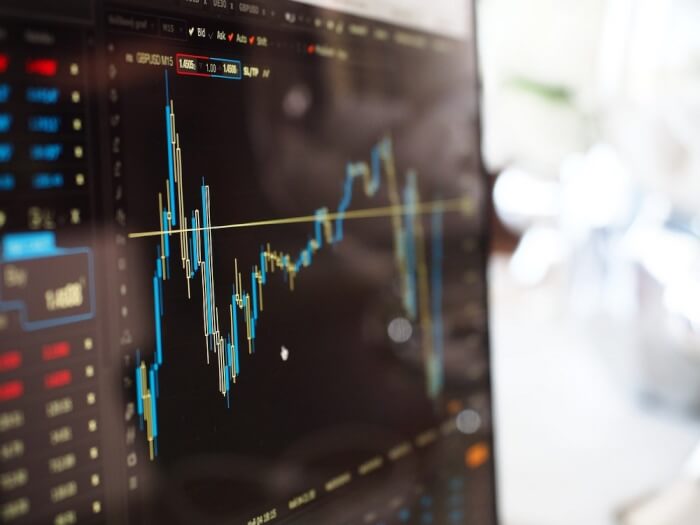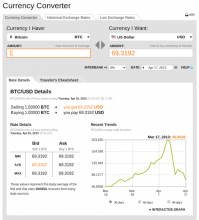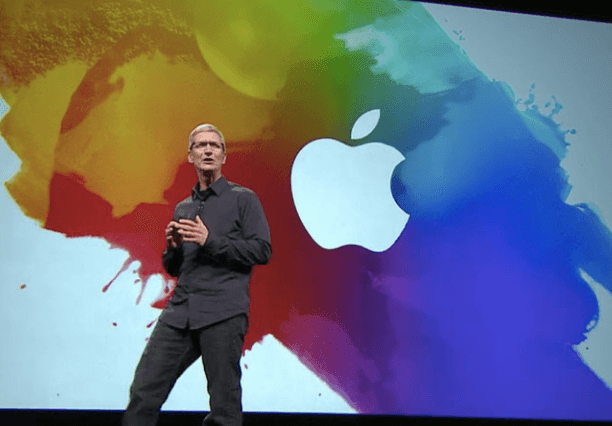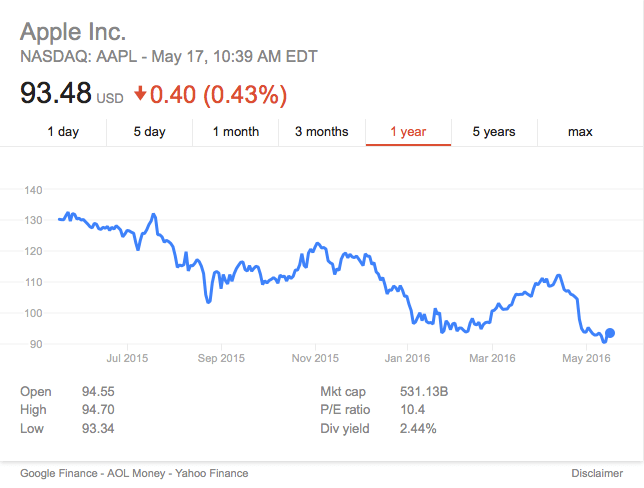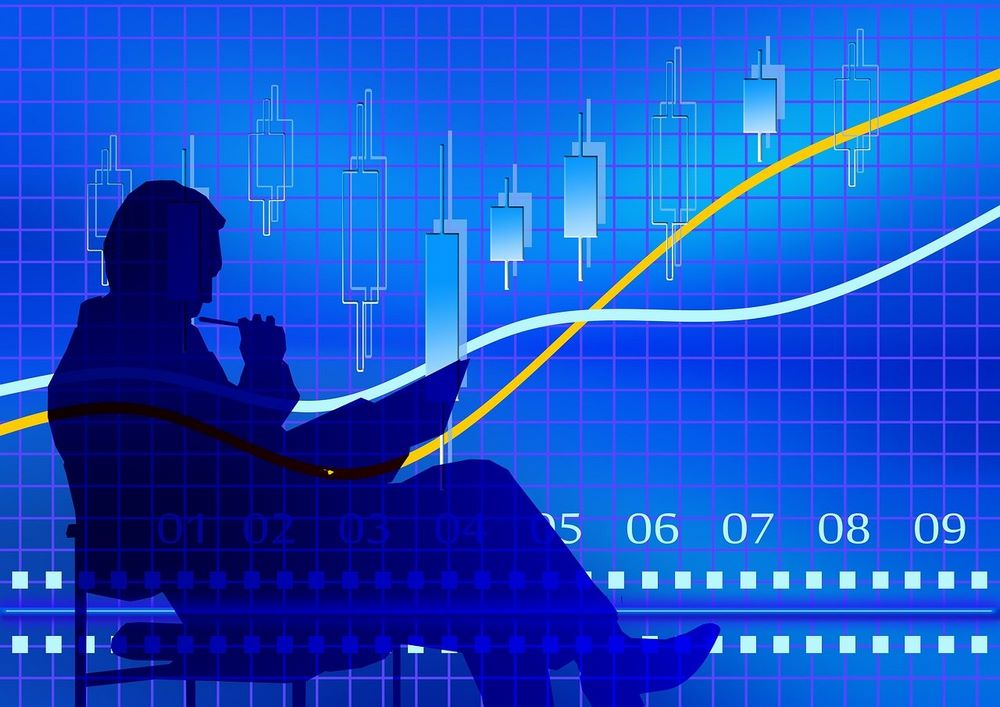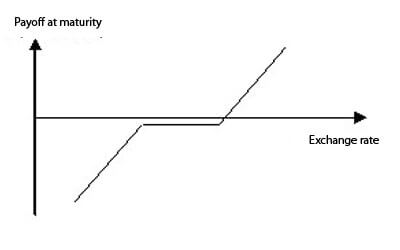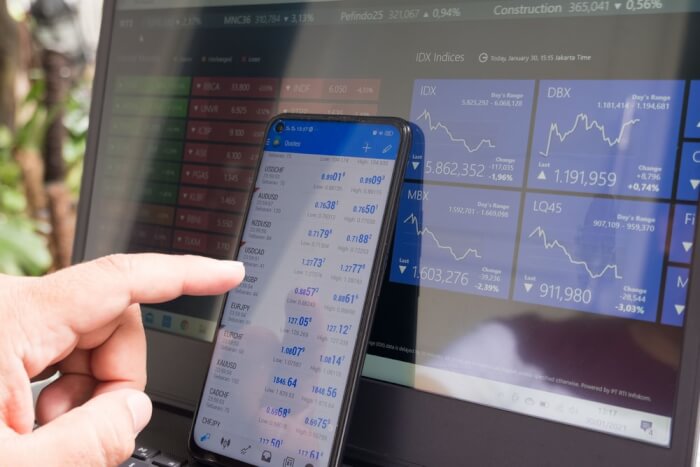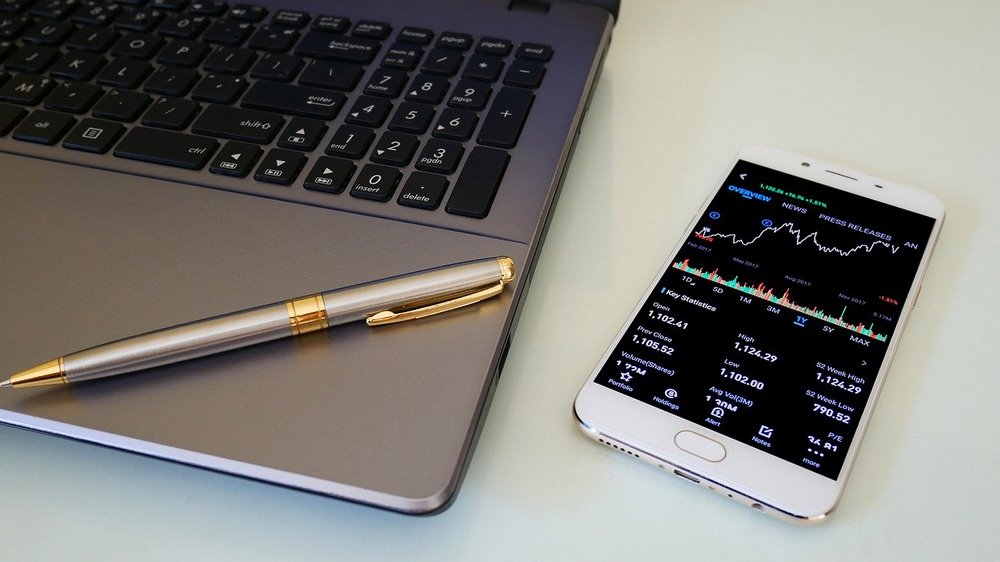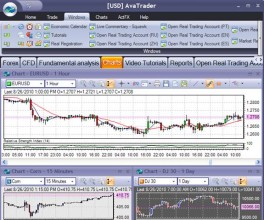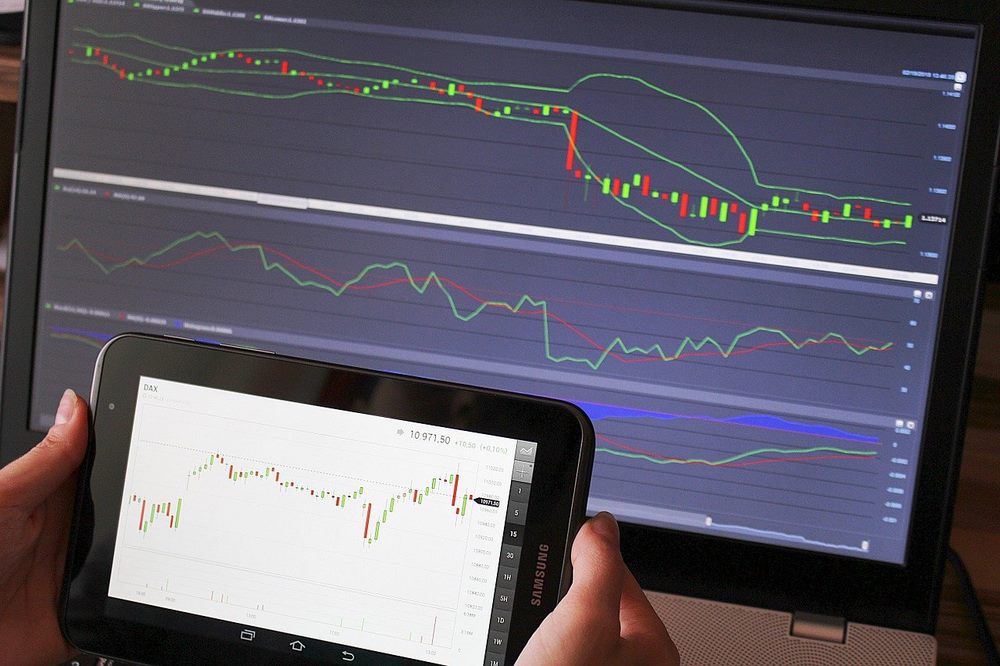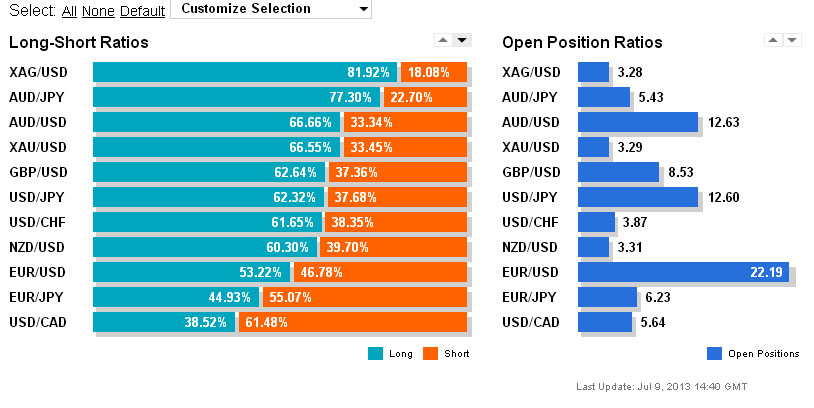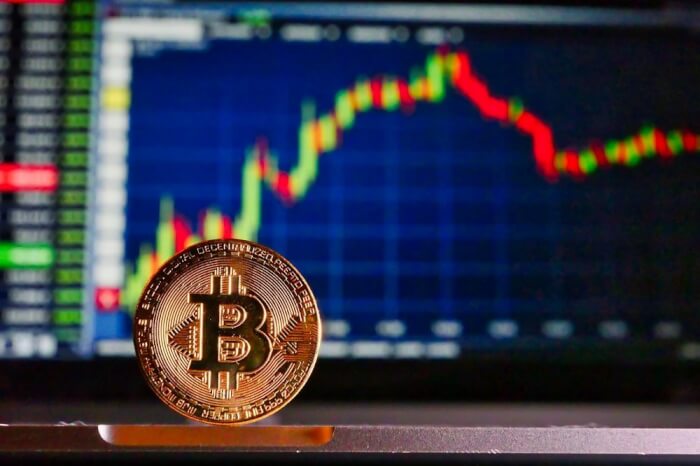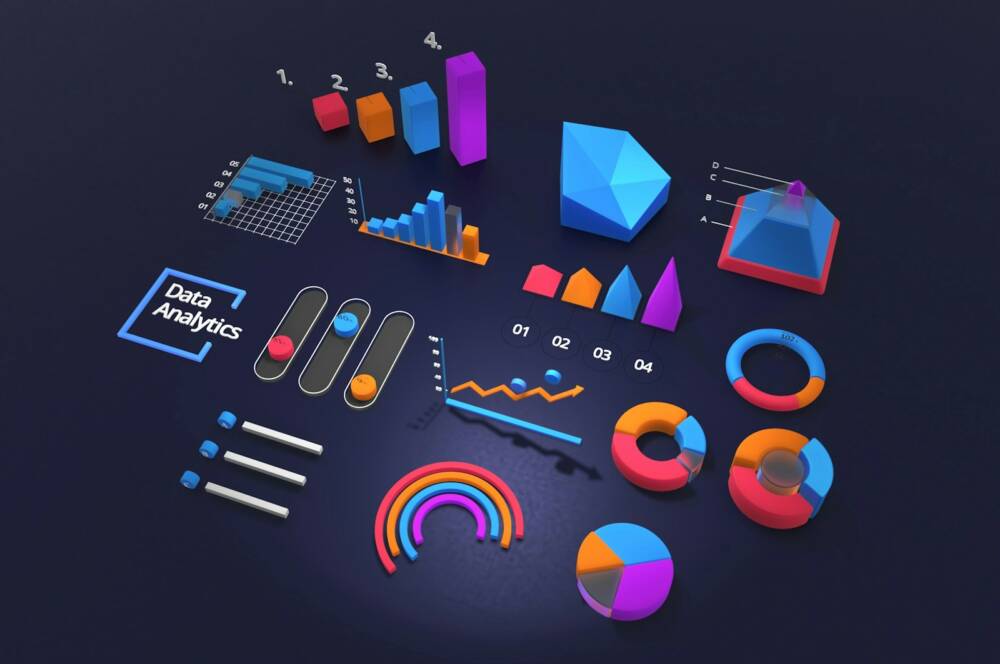Trading quotes to help tu understand this world. Trading requires a strong, clear mind to be able to see the opportunities and also the threats. For that, a good trader not only relies on his trading knowledge, but on his ability to foresee how a market is going to react to any given external stimulus. If he isn’t able to control his impulses, he might end up losing everything or making decisions that will drive him to that point. Skill and mental state have to go hand in hand to be successful in trading.
These trading quotes will surely help a trader to become profitable and understand that hidden mental game that underlies behind any trading endeavour:
1. “The financial markets generally are unpredictable. So that one has to have different scenarios… The idea that you can actually predict what’s going to happen contradicts my way of looking at the market.”
― George Soros, billionaire, trader and investor
2. “The markets are always on the side of exuberance or fear. It’s fear and greed. Right now greed has the better of it, which is rather nice (for investors) as long as it doesn’t get out of hand”
― George Soros, billionaire, trader and investor
3. “It’s not whether you’re right or wrong that’s important, but how much money you make when you’re right and how much you lose when you’re wrong.”
― George Soros, billionaire, trader and investor
4. “Once we realize that imperfect understanding is the human condition there is no shame in being wrong, only in failing to correct our mistakes.”
― George Soros, billionaire, trader and investor
5. “The worse a situation becomes, the less it takes to turn it around, and the bigger the upside.”
― George Soros, billionaire, trader and investor
6. “If investing is entertaining, if you’re having fun, you’re probably not making any money. Good investing is boring.”
― George Soros, billionaire, trader and investor
7. “I’m only rich because I know when I’m wrong…I basically have survived by recognizing my mistakes.”
― George Soros, billionaire, trader and investor
8. “My approach works not by making valid predictions but by allowing me to correct false ones.”
― George Soros, billionaire, trader and investor
9. “Trading doesn’t just reveal your character, it also builds it if you stay in the game long enough.”
― Yvan Byeajee, Paradigm Shift: How to cultivate equanimity in the face of market uncertainty
10. “Money is just something you need in case you do not die tomorrow. Let this is a reminder for you not to obsess over profits and losses. In whatever you do, strive for enjoyment, focus, contentment, humility, openness… Paradoxically (and as an unintended consequence) your trading performance will improve significantly.”
― Yvan Byeajee, The essence of trading psychology in one skill
11. “The expectation that you bring with you in trading is often the greatest obstacle you will encounter.”
― Yvan Byeajee, Paradigm Shift: How to cultivate equanimity in the face of market uncertainty
12. “Confidence is not “I will profit on this trade.” Confidence is “I will be fine if I don’t profit from this trade.”
― Yvan Byeajee, The essence of trading psychology in one skill
13.“The goal of a successful trader is to make the best trades. Money is secondary.”
– Alexander Elder, professional trader and teacher of traders
14. “Events, circumstances, and experiences arise and pass away. Winning trades, losing trades, fear, greed, sadness, happiness, and eventually your own life. Everything is in a constant flux. Learn to go through it with stability of mind. A meditation practice helps a lot.”
― Yvan Byeajee, Zero to Hero: How I went from being a losing trader to a consistently profitable one – a true story!
15. “Losers average losers.”
― Paul Tudor Jones, one of the greatest traders in history
16. “Where you want to be is always in control, never wishing, always trading, and always, first and foremost protecting your butt.”
― Paul Tudor Jones, one of the greatest traders in history
17. “A quiet mind is able to hear intuition over fear.”
― Yvan Byeajee, Zero to Hero: How I Went from Being a Losing Trader to a Consistently Profitable One
18. “All statistics have outliers. Money management, therefore, is key to the process of good trading.”
― Yvan Byeajee, Paradigm Shift: How to cultivate equanimity in the face of market uncertainty
19. “Trading mastery is a state of complete acceptance of probability, not a state of fight it.”
― Yvan Byeajee, Paradigm Shift: How to cultivate equanimity in the face of market uncertainty
20. “Don’t ever make the mistake of believing that market success has to come to you fast. Trade small, stay in the game, persist, and eventually, you’ll reach a satisfying level of proficiency.”
― Yvan Byeajee, Paradigm Shift: How to cultivate equanimity in the face of market uncertainty
21. “Freedom from blind reactivity begins with self-awareness.”
― Yvan Byeajee, The essence of trading psychology in one skill
22. “Money matters, but not as much as you probably think.”
― Yvan Byeajee, The essence of trading psychology in one skill
23. “Win, loss whatever emerges in the short-term, place and manage your next trades untouched, unattached… always keeping your eyes on the long-term picture.”
― Yvan Byeajee, The essence of trading psychology in one skill
24. “When you learn to let go of the need to be right, being wrong gradually lose its power to disturb you.”
― Yvan Byeajee, Paradigm Shift: How to cultivate equanimity in the face of market uncertainty
25. “Focus, patience, wise discernment, non-attachment —the skills you acquire in meditation and the skills you need to thrive in trading are one and the same.”
― Yvan Byeajee, Zero to Hero: How I went from being a losing trader to a consistently profitable one – a true story!
26. “Reaching any goal in trading requires specific domain knowledge and technical skills. But then, after that, it’s all mindset management. Yet most people ignore that —they automatically think they have that last part all figured out, and it’s a mistake.”
― Yvan Byeajee, Paradigm Shift: How to cultivate equanimity in the face of market uncertainty
27. “The process by which one accumulates money is so simple, yet so hard to implement for most.”
― Yvan Byeajee, The essence of trading psychology in one skill
28. “Genuine acceptance that there will be losses on your way to market success will greatly decrease the hurt when they eventually come.”
― yvan Byeajee, The essence of trading psychology in one skill
29. “Ultimately, consistent profitability comes down to choosing between the discomforts you feel when you follow your plan and the urge to let yourself be captures ( and ruled) by your emotions.”
― Yvan Byeajee, The essence of trading psychology in one skill
30. “There are no guarantees in trading. The sooner you accept that you sooner you can release your expectations and focus unconditionally on a proven process.”
― Yvan Byeajee, The essence of trading psychology in one skill
31 “Trading the markets is a totally self-centered activity. Nobody’s life gets better because you trade. Except your broker’s life.”
― Robert Rolih, The Million Dollar Decision: Get Out of the Rigged Game of Investing and Add a Million to Your Net Worth
32. “Always make confident that you are wise with choosing the services for your trading activities. Ensure that you will get the most reliable predictions available today.”
― Pam Sotiropoulos, a professional forex trader
Those are inspiring trading quotes for help us to trading day by day. But consider the following one.
Bonus Trading Quote
One of the most important trading quotes:
“The biggest risk is not taking a risk. In a world that’s changing really quickly, the only strategy that is guaranteed to fail is not taking risks.”
– Mark Zuckerberg, Founder of Facebook
We’ll come with more trading quotes on future articles. Keep following us.



